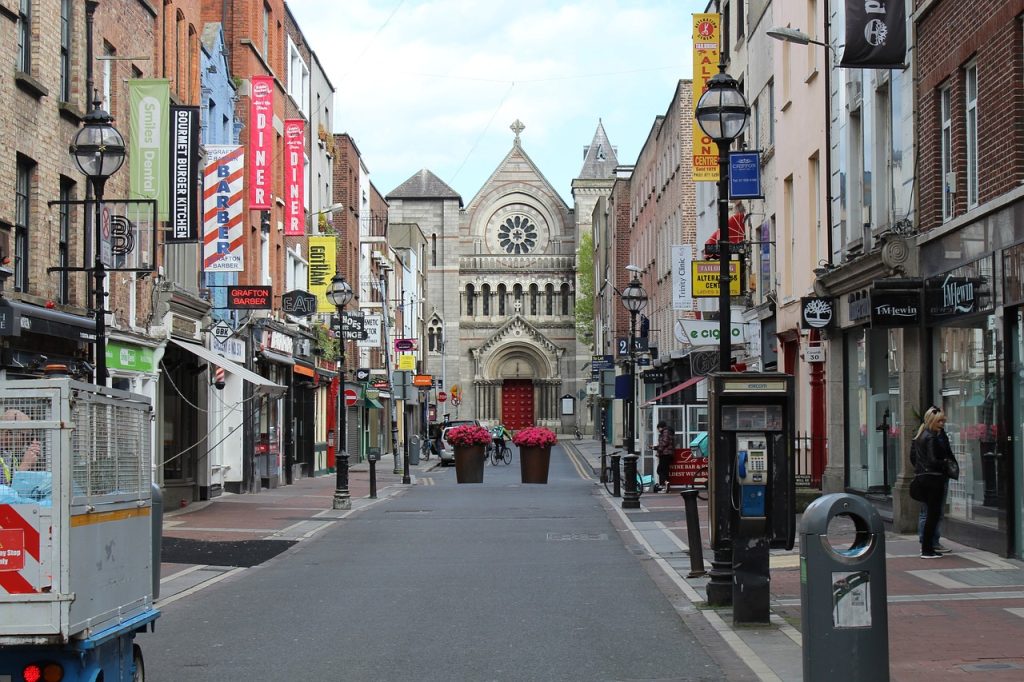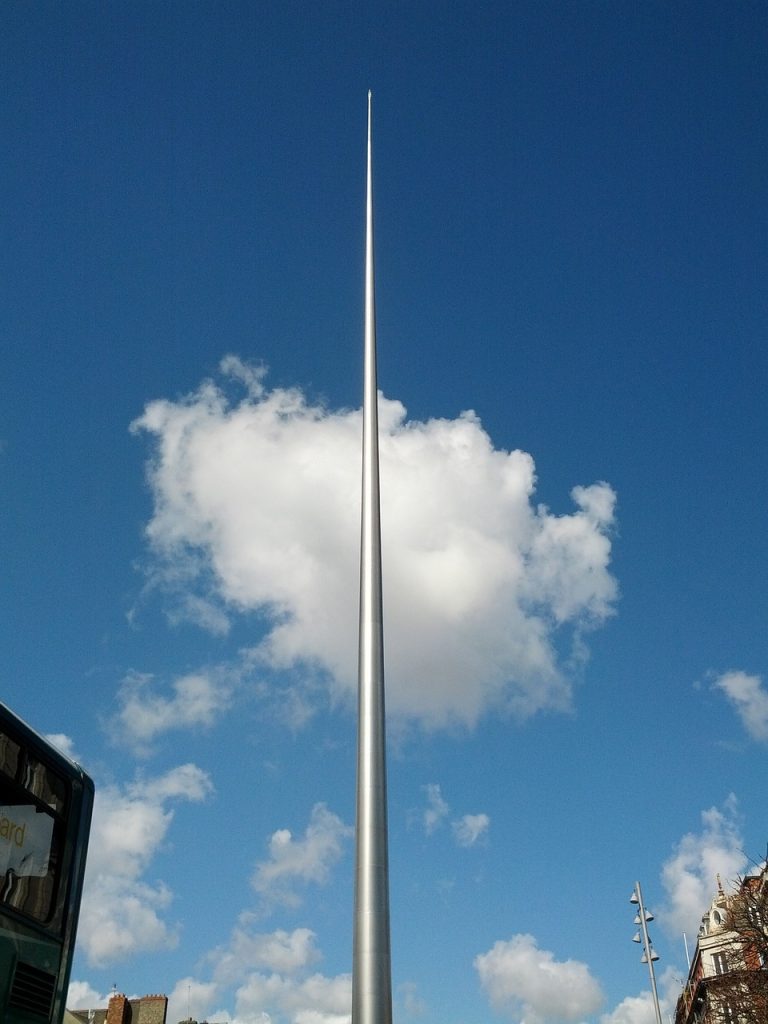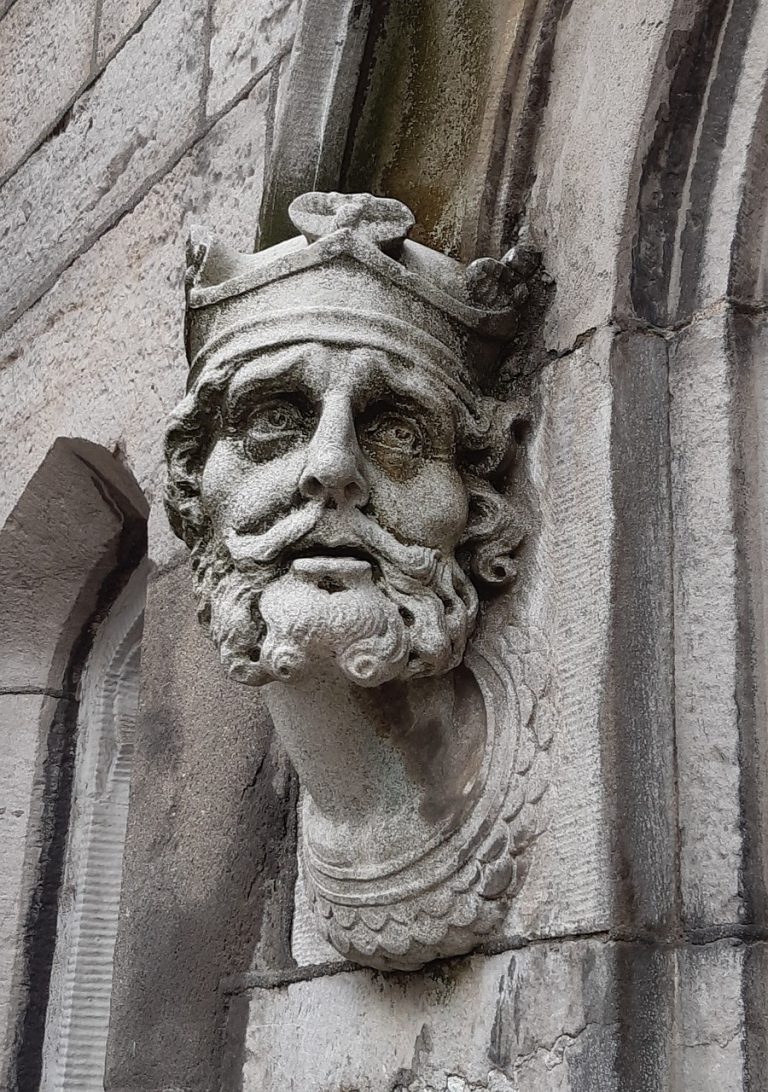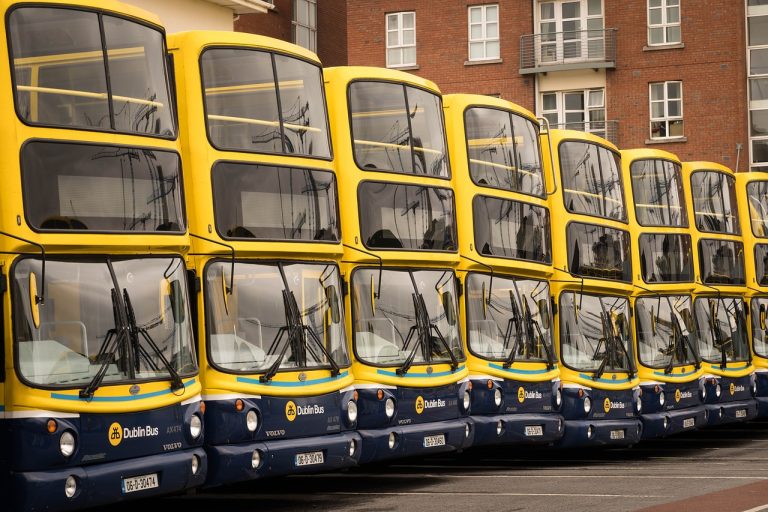Dublin Ireland Video
Architectural Wonders: Iconic Buildings in Dublin Ireland
Dublin, the capital city of Ireland, is home to a rich architectural heritage. From medieval castles to modern skyscrapers, Dublin boasts a diverse range of iconic buildings that showcase the city’s history and culture. In this article, we will explore ten of the most notable architectural wonders in Dublin Ireland.
Dublin Castle
- Medieval Castle: Dublin Castle is a medieval fortress that was originally built in the 13th century. It served as the seat of British rule in Ireland for centuries.
- State Apartments: The State Apartments within Dublin Castle are a prime example of Georgian architecture. These ornate rooms were used for official state ceremonies and are now open to the public for tours.
Dublin Castle, located in the heart of the city, is a significant historical landmark. It has witnessed key events in Irish history and is known for its beautiful architecture and stunning interiors.
Visitors can explore the opulent rooms, including the Throne Room and St. Patrick’s Hall, which is adorned with intricate stucco plasterwork and houses the historic State Banquet table.
Trinity College
- Oldest University: Trinity College is the oldest university in Ireland, founded in 1592. Its campus is renowned for its architectural beauty and academic excellence.
- The Long Room: The Long Room is Trinity College’s most famous library. It houses over 200,000 books, including the world-famous Book of Kells.
The college’s iconic feature is the Campanile, a bell tower that stands tall in the center of the campus. It offers panoramic views of the college and the city.
The Long Room’s stunning architecture, with its barrel-vaulted ceiling and rows of ancient books, makes it a must-visit for book lovers and history enthusiasts.
Dublin Ireland Image 1: 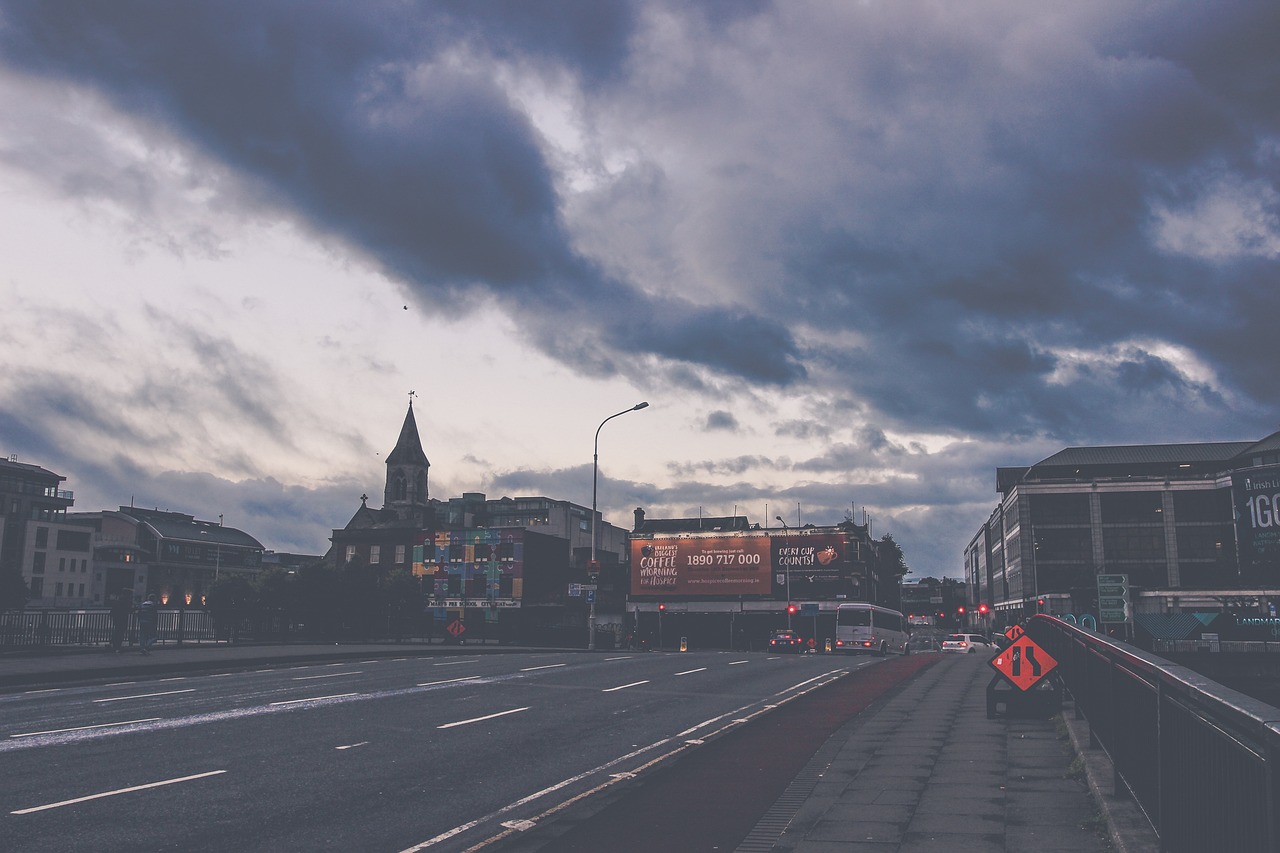
Ha’penny Bridge
- Historic Pedestrian Bridge: The Ha’penny Bridge, officially known as the Liffey Bridge, is a cast-iron pedestrian bridge that spans the River Liffey.
- Romantic Walkway: The Ha’penny Bridge offers a picturesque walkway with stunning views of the river and the city skyline. It is a favorite spot for couples and photographers.
Opened in 1816, it was the first pedestrian bridge to cross the river and has become an iconic symbol of Dublin. The bridge’s elegant design and romantic atmosphere make it a popular spot for locals and tourists alike.
Walking across the bridge provides a charming experience, especially during sunset when the bridge and the river are bathed in warm golden light.
The Custom House
- Georgian Architecture: The Custom House is an iconic neoclassical building located on the north bank of the River Liffey.
- Historical Significance: The Custom House has witnessed significant events in Irish history, including the Easter Rising in 1916 and the Irish Civil War in 1922.
Designed by James Gandon, it was completed in 1791 and served as the headquarters for the Commissioners of Custom and Excise. The building’s symmetrical façade and grand scale are a testament to Gandon’s architectural genius.
Today, the Custom House is a government building and is open to the public for guided tours, allowing visitors to admire its stunning architecture and learn about its historical significance.
Dublin Ireland Image 2: 
St. Patrick’s Cathedral
- National Cathedral: St. Patrick’s Cathedral is the largest cathedral in Ireland and serves as the national cathedral of the Church of Ireland.
- Gothic Architecture: The cathedral’s architecture is predominantly Gothic, with its towering spires, intricate stained glass windows, and ornate stone carvings.
Founded in 1191, it is built on the site where St. Patrick, the patron saint of Ireland, is said to have baptized converts to Christianity.
Inside, visitors can explore the beautiful interior, including the Lady Chapel, the Choir, and the impressive organ.
The Convention Centre Dublin
- Modern Landmark: The Convention Centre Dublin is a state-of-the-art conference venue located on the banks of the River Liffey.
- World-Class Facilities: The Convention Centre Dublin hosts a wide range of events, including conferences, exhibitions, and concerts.
Opened in 2010, it has quickly become an architectural icon with its striking glass-fronted design and unique shape.
Its spacious auditoriums, meeting rooms, and exhibition halls are equipped with the latest technology, making it a preferred destination for international events.
Dublin Ireland Image 3: 
The Gaiety Theatre
- Historic Theatre: The Gaiety Theatre is one of Dublin’s oldest theatres, dating back to 1871.
- Cultural Significance: The Gaiety Theatre has played a significant role in Dublin’s cultural scene, hosting performances by renowned actors and musicians.
Known for its Victorian architecture and elegant interiors, it has been a prominent venue for plays, musicals, and pantomimes.
Attending a show at the Gaiety Theatre is a delightful experience, immersing visitors in the rich theatrical heritage of Dublin.
The Samuel Beckett Bridge
- Modern Bridge: The Samuel Beckett Bridge is a modern cable-stayed bridge that spans the River Liffey.
- Architectural Design: The bridge’s unique shape, resembling a harp, pays homage to Ireland’s musical heritage.
Designed by Santiago Calatrava, a renowned Spanish architect, it was opened in 2009 and has quickly become an iconic symbol of the city.
It is an engineering marvel, with its asymmetrical design and ability to rotate to allow ships to pass through.
The Guinness Storehouse
- Brewery Experience: The Guinness Storehouse is a popular visitor attraction that offers an immersive journey through the history and brewing process of Guinness.
- Gravity Bar: The highlight of the Guinness Storehouse is the Gravity Bar, located on the seventh floor, offering panoramic views of Dublin.
Located in the historic St. James’s Gate Brewery, it is housed in a converted fermentation plant that dates back to the 18th century.
Visitors can enjoy a complimentary pint of Guinness while taking in breathtaking views of the city.
Conclusion
Dublin’s architectural wonders, from medieval castles to modern masterpieces, showcase the city’s rich history and vibrant culture. Whether exploring the ancient halls of Dublin Castle, strolling along the Ha’penny Bridge, or admiring the contemporary design of the Samuel Beckett Bridge, visitors are sure to be captivated by the architectural beauty that Dublin has to offer.
References
- www.dublincastle.ie
- www.tcd.ie
- www.ireland.com
- www.theha’pennybridge.com
- www.customhouse.ie
- www.stpatrickscathedral.ie
- www.theccd.ie
- www.gaietytheatre.ie
- www.samuelbeckettbridge.ie
- www.guinness-storehouse.com

